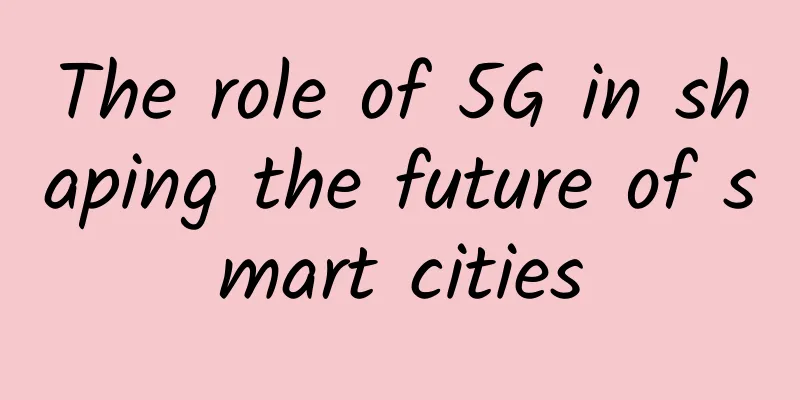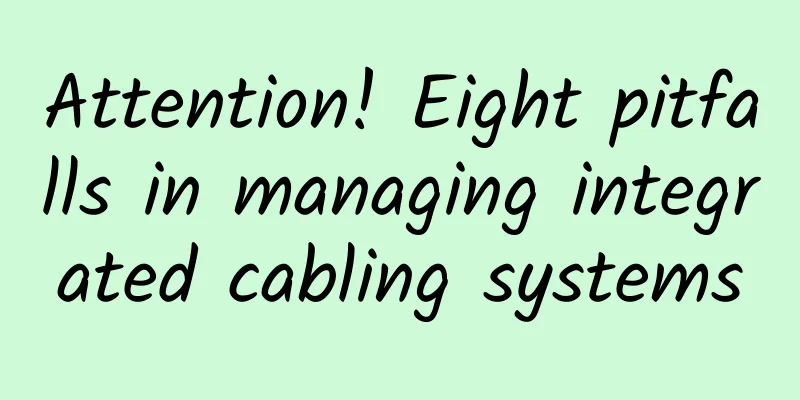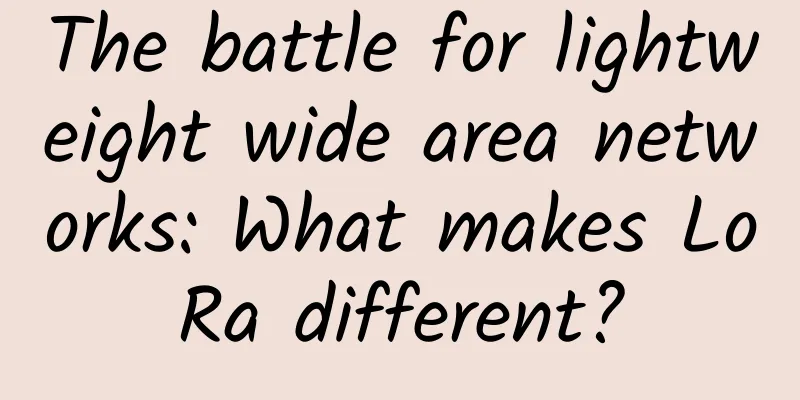The role of 5G in shaping the future of smart cities

|
The advent of 5G technology will revolutionize the way we live, work, and interact with our environment. This next-generation wireless technology promises faster speeds, lower latency, and the ability to connect more devices simultaneously. As we stand on the brink of this technological revolution, it’s worth exploring the impact 5G will have on the development of smart cities. For example, 5G can enable real-time traffic monitoring and management, reducing congestion and improving road safety. Sensors embedded in roads and vehicles can communicate with each other in real time, providing drivers with up-to-date information about traffic conditions and potential hazards. Similarly, 5G can enhance waste management services by enabling smart trash bins that notify city services when they are full, reducing the need for regular collection schedules and improving efficiency. In addition to these practical applications, 5G is expected to play a vital role in shaping the future of urban life. The high-speed, reliable connectivity provided by 5G can usher in a new era of remote working and learning, reduce the need for physical commuting, and has the potential to reshape the urban landscape. In addition, 5G can promote the development of smart buildings that use sensors and automation to optimize energy use, potentially reducing the carbon footprint of cities. However, the transition to 5G and the development of smart cities also brings significant challenges. These include the need for significant investments in infrastructure, concerns about data privacy and security, and the risk of deepening the digital divide. Therefore, policymakers, technology companies and urban planners must work together to address these issues and ensure that the benefits of 5G and smart cities can be enjoyed by all. In summary, the advent of 5G technology will have a profound impact on the development of smart cities. By enabling faster, more reliable connections and enhancing the capabilities of the Internet of Things, 5G promises to improve urban services, reshape urban life, and potentially reduce cities' impact on the environment. However, realizing these benefits will require careful planning and collaboration to overcome the challenges associated with this technological revolution. As we stand on the brink of this new era, it is clear that 5G has the potential to shape the future of our cities in ways we have only begun to imagine. |
<<: Unleashing the power of 5G: Innovative devices will revolutionize connectivity
>>: As 5G development enters the second half, what kind of report card has been delivered?
Recommend
Current status of 5G networks in various countries: South Korea ranks first in penetration rate, the United States ranks first in network speed, what about China?
In the rapidly developing 21st century, one of th...
Process control, all in one place
[[415477]] Watching the Olympics recently has got...
5G makes online and offline retail interesting again
5G can bring technology and innovation into the e...
Sharktech: $99/month-2*E5-2670V2/32GB/500G SSD/1Gbps unlimited traffic/Los Angeles high defense
Sharktech cancelled the lowest-priced $59/month L...
6G research should be prepared for a rainy day
Since 5G is still in the development and deployme...
Briefly describe the four key indicators of network performance: bandwidth, latency, jitter, and packet loss rate
1. Bandwidth (1) Basic concepts Bandwidth refers ...
The Ministry of Industry and Information Technology released the "14th Five-Year Plan", and the information and communication industry's revenue will grow by 10% annually by 2025
On November 16, the Ministry of Industry and Info...
Are wireless networks more energy efficient than wired LANs?
Sustainability and reducing energy consumption ar...
Five IoT product design concepts to attract and retain the younger generation of consumers
The post-2000s are an emerging generation of cons...
Debunking three myths about edge computing
【51CTO.com Quick Translation】With millions of mac...
CERNET and Shengbang Security have reached a strategic cooperation, allowing colleges and universities to experience more efficient and convenient Web security governance SaaS services
[51CTO.com original article] On October 24, CERNE...
HUAWEI CONNECT 2017 is coming soon. Let's see how the ICT industry will drive the world in 2025 - Huawei's industry vision
Preface Nowadays, the application of intelligent ...
HostDare: 20% off for Japan VPS starting at $18.39/half year, 60% off for Los Angeles VPS starting at $10.4/year
HostDare launched the Japanese VPS at the end of ...
HostYun: Japan Tokyo Softbank 300M-1Gbps large bandwidth VPS monthly payment starting from 25 yuan
Last year, we shared the information of HostYun&#...
How to get out of the maze of mixed network management
When people are walking on a broad road, the road...









